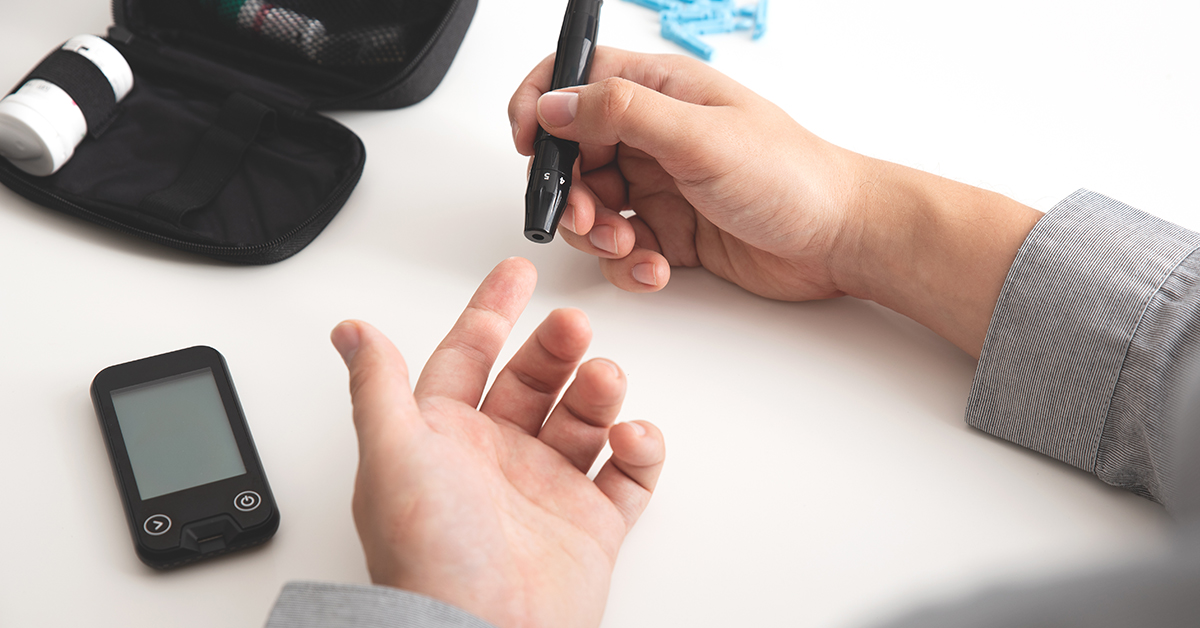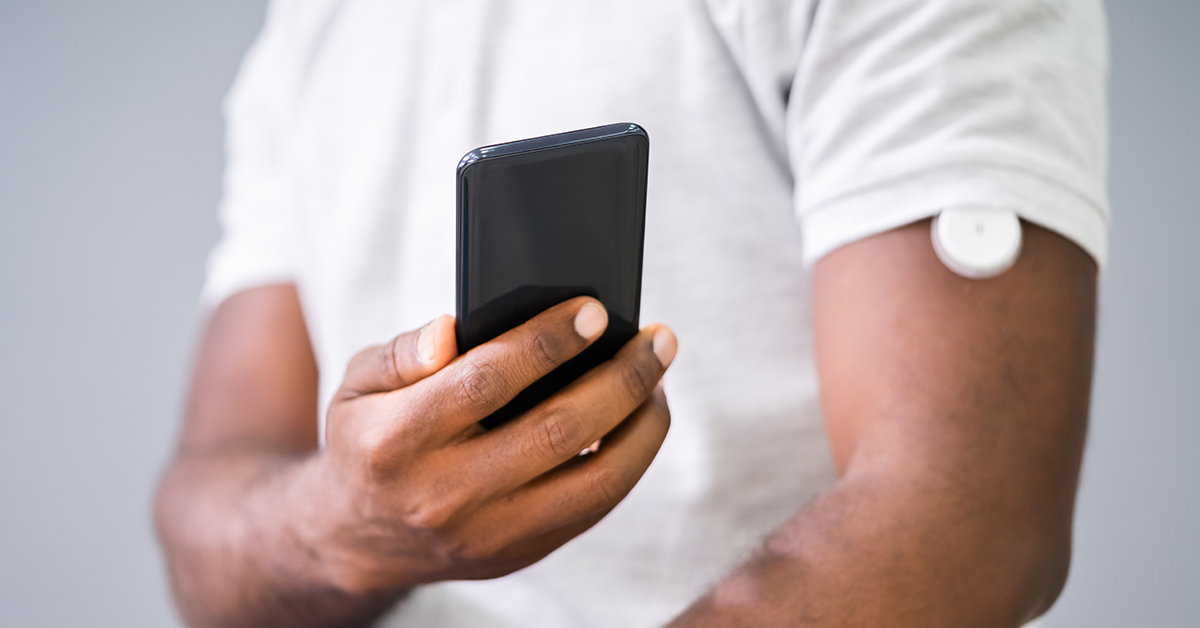Self-monitoring of blood glucose (blood sugar) levels is a critical part of managing
diabetes, because it provides a picture of how well blood glucose is being controlled. In addition to providing an indication of long-term control, it helps identify impending problems, and this allows people to make necessary adjustments to prevent highs and lows. For example, if blood glucose drops, the person can eat something; if it rises, a medication adjustment may be necessary.
Traditionally, blood glucose self-monitoring has been done using a blood sample obtained by pricking part of the body—usually a finger—with a lancet and applying the sample to a special strip that is read by a glucose testing device.
Continuous glucose monitoring
Another testing option is also available. Called continuous glucose monitoring (CGM), it involves a small, disposable sensor that is worn under the skin (commonly on the arm or stomach) and tests blood glucose every few minutes all day and night. The readings are sent to a transmitter and usually to a separate device as well, allowing the data to be read by the patient, caregiver, or healthcare provider. The CGM can also be paired with an insulin pump, which is called integrated CGM.
CGM is a good option for some patients, because:
• It allows people to see their blood glucose reading 24 hours a day with few—or
sometimes even no—finger prick tests.
• It improves the ability to identify glucose patterns, so daily management decisions can be made in a timely manner.
• Because CGM monitors blood glucose continually, it can be particularly helpful overnight when regular testing is not likely to be done. Alarms and alerts can warn users when blood glucose drops too low.
• It provides more information than sporadic finger prick tests. The device shows the current glucose reading, a graph of glucose readings over the previous hours, and
the rate of change in the levels.
• The ease of use and greater information provided can lead to improved glycemic control.
According to Diabetes Canada, there is evidence to suggest that CGM may be beneficial for both adults and children with type 1 diabetes who have not achieved their blood glucose targets or who have difficulty with hypoglycemia.
Diabetes apps
Apps that help manage blood glucose have been shown to be beneficial in improving the health of people with diabetes. Many diabetes devices—including glucose meters, continuous monitors, and insulin pumps—come with integrated apps that sync the device to a mobile phone. A diabetes educator can help you learn how they work.
The bottom line
Diabetes management must be individualized. People living with diabetes should work with their healthcare team to determine the meal plan, activity program, blood glucose monitoring device and schedule, and the diabetes supplies that will best meet their personal needs.
Your London Drugs pharmacists are always happy to answer your questions and counsel you on products to help you manage your diabetes and lead a healthy life.




